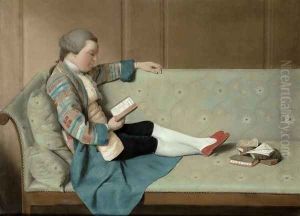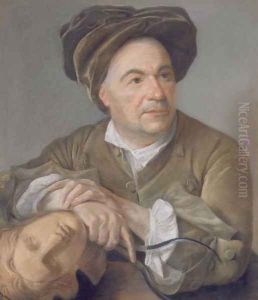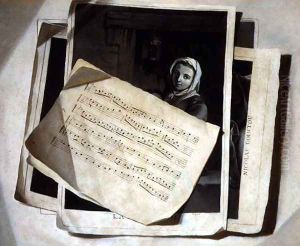Francois Vispre Paintings
Francois Vispre was an artist known for his work in the late 18th century, primarily active around the year 1774. However, there is little biographical information available about his life, including his birth and death dates, which remain unrecorded in historical documents. Vispre was a printmaker, and his artistic activities are primarily documented through the prints he produced.
The lack of comprehensive records about Vispre's life and career is not uncommon for artists of his time, especially those who were not at the forefront of the art world. However, Vispre's work has been of interest to art historians and collectors because it provides insight into the printmaking practices and aesthetic preferences of the late 18th century.
Vispre's known body of work suggests that he specialized in stipple engravings, a technique that involves creating images with tiny dots rather than lines. This method allowed for subtle gradations in tone and was particularly suited to reproducing the soft textures and tones of paintings, which may have been a significant part of Vispre's oeuvre. His prints often depicted scenes from classical mythology, portraits, and possibly reproductions of contemporary paintings.
Despite the lack of personal details, Vispre's surviving prints are valuable artifacts of their era. They reflect the artistic trends and cultural interests of the time, such as Neoclassicism, which drew heavily from ancient Greek and Roman art and culture. The Neoclassical movement, in which Vispre's work is stylistically situated, was characterized by an emphasis on idealized beauty, harmony, and proportion, all of which can be discerned in the prints attributed to him.
In conclusion, while the personal life and full career of Francois Vispre remain largely enigmatic, his work contributes to the broader understanding of printmaking and artistic movements of the late 18th century. Art historians continue to study artists like Vispre to gain a more nuanced view of the period's artistic landscape and to fill in the gaps in the historical record of art history.


